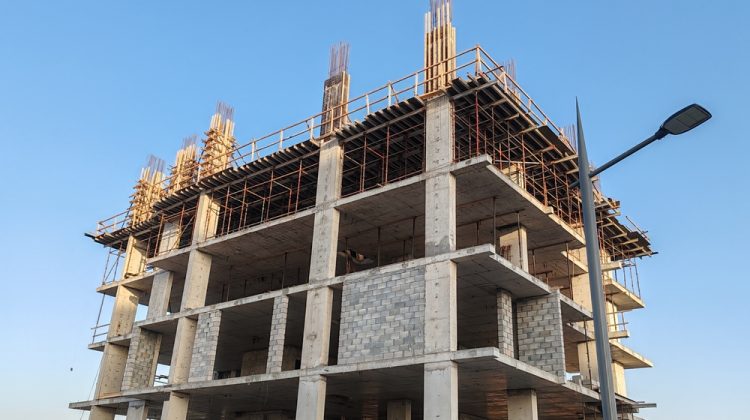
Clay and Earthen Materials in Sustainable Construction
Clay and Earthen Materials: A Natural Choice for Sustainable Construction
Clay and earthen materials have been used in construction for thousands of years. Today, with the rising demand for sustainable and low-impact building techniques, these natural materials are once again gaining global attention. Their low carbon footprint, durability, and thermal efficiency make clay and earthen materials ideal for eco-friendly residential and commercial projects.
Why Clay and Earthen Materials Are Important Today
As the construction industry shifts toward sustainability, clay and earthen offer a renewable, abundant, and environmentally friendly solution. They require minimal processing, which significantly reduces carbon emissions during production. In regions with warm climates—like many parts of India—these materials naturally regulate indoor temperature, making them highly energy efficient.
Their compatibility with emerging green building standards has made clay and earthen a preferred choice for architects and builders aiming for eco-conscious designs.
Types of Clay and Earthen Materials Used in Construction
1. Adobe Blocks
Adobe is a mixture of clay, sand, water, and organic fibers such as straw. It is air-dried rather than fired, making it one of the most sustainable clay and earthen . Adobe offers excellent insulation properties and durability.
2. Compressed Stabilised Earth Blocks (CSEB)
CSEB are produced by compressing a mix of soil, clay, and stabilisers like lime or cement. Popularised by institutions such as Auroville Earth Institute in India, these blocks are known for strength and energy efficiency. They are among the most widely used clay and earthen in modern green architecture.
3. Cob Construction
Cob is created by mixing clay-rich soil with sand, straw, and water. It allows for sculptural and free-form building styles, ideal for natural homes and eco-villages.
4. Rammed Earth Walls
Rammed earth walls are constructed by compacting layers of soil and clay in temporary formwork. They offer exceptional strength and thermal mass, helping keep interiors cool in summer and warm in winter.
Key Benefits of Clay and Earthen Materials
Excellent Thermal Performance
Buildings made from clay and earthen maintain steady indoor temperatures. This natural insulation reduces the need for air conditioning and artificial heating, directly lowering energy consumption.
Environmentally Friendly
These materials have a significantly lower environmental impact than conventional cement-based products. Using clay and earthen materials supports carbon footprint reduction and contributes to sustainable development goals.
Cost-Effective and Locally Available
Clay and soil are abundant in most regions. This reduces transportation costs and supports local economies. The affordability of clay and earthen makes them ideal for rural as well as urban green projects.
Healthy Indoor Environment
Mud and clay walls regulate humidity and improve indoor air quality. They are non-toxic, breathable, and free from harmful chemicals.

Applications of Clay and Earthen Materials in Modern Buildings
Sustainable Housing Projects
Eco-friendly homes across India increasingly incorporate clay and earthen due to their strength and durability. They are used for walls, flooring, plasters, and decorative elements.
Commercial and Institutional Buildings
Several educational and cultural centres, especially in South India, utilise rammed earth and CSEB for their energy-efficient performance.
Interior Design and Aesthetics
Clay plasters, mud flooring, and natural finishes add earthy beauty to modern interiors. They offer warmth, texture, and timeless elegance.
For more insights on sustainable building materials in India, you may refer to an Indian resource like the Auroville Earth Institute.
Clay and Earthen Materials in India’s Green Construction Future
With climate-responsive architecture gaining momentum, India is witnessing a revival in the use of natural building technologies. Builders and architects seeking expert guidance on eco-friendly solutions can explore professional support through.
By integrating clay and earthen materials, the construction industry can reduce carbon emissions, promote local employment, and build structures that harmonise with the environment.
Final Thoughts
Clay and earthen materials offer a perfect balance of sustainability, affordability, and performance. Their natural insulation, low carbon footprint, and timeless beauty make them ideal for modern green buildings. As the world embraces eco-friendly construction practices, these materials are emerging as powerful tools for creating resilient and environmentally responsible spaces.
Read more related articles to enhance your knowledge and make informed decisions
Cost-Effective Modular Construction: Fast, and Sustainable Building Solutions
Smart Modular Buildings: Innovative, Efficient, and Sustainable Construction








